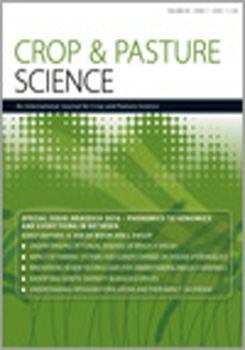Brassica napus (rapeseed, canola) is an important oilseed crop worldwide as well as a recent agricultural hybrid species, resulting from crosses between progenitor B. rapa (turnip) and B. oleracea (cabbage) species in the last few thousand years. No wild form of B. napus is known to exist, making B. napus an interesting model for studies of genetic and genomic evolution in a polyploid under agricultural selective pressure. We generated genotype (Illumina Infinium 60K Brassica array) and phenotype data for elite spring-type B. napus lines from Australia, China and India (only one line). Phenotypically, plant growth, silique development and flowering traits were more likely to differentiate Chinese germplasm, whereas resistance to blackleg disease, secondary branching and seed traits were more likely to differentiate Australian germplasm. Genetic differentiation between the Australian and Chinese populations was low (FST = 0.035). Genetic relationship was not a predictor of similarity in yield traits between lines. Presence–absence variants were detected across the population: variants shared by at least three lines were present in every chromosome in the B. napus genome, and large missing chromosome segments (>1 Mbp) putatively due to A–C genome translocations were observed on chromosomes A7, A10, C1, C2, C6, C8 and C9. Our results highlight that widespread presence–absence variation is usual in B. napus, and may suggest that phenotypic and genetic diversity are not closely linked within spring-type B. napus from Australia and China, although the low sample numbers in our study prevent strong conclusions. We propose that inbreeding and low levels of genetic diversity, coupled with exchanges between the A and C genomes, were major driving forces behind genome evolution in this recent agricultural crop species.
How to translate text using browser tools
14 August 2017
Agricultural selection and presence–absence variation in spring-type canola germplasm
Annaliese S. Mason,
Pratibha Chauhan,
Shashi Banga,
Surinder S. Banga,
Phil Salisbury,
Martin J. Barbetti,
Jacqueline Batley
ACCESS THE FULL ARTICLE

Crop and Pasture Science
Vol. 69 • No. 1
January 2018
Vol. 69 • No. 1
January 2018
Brassica napus
genetic diversity
phenotype
SNP genotyping




